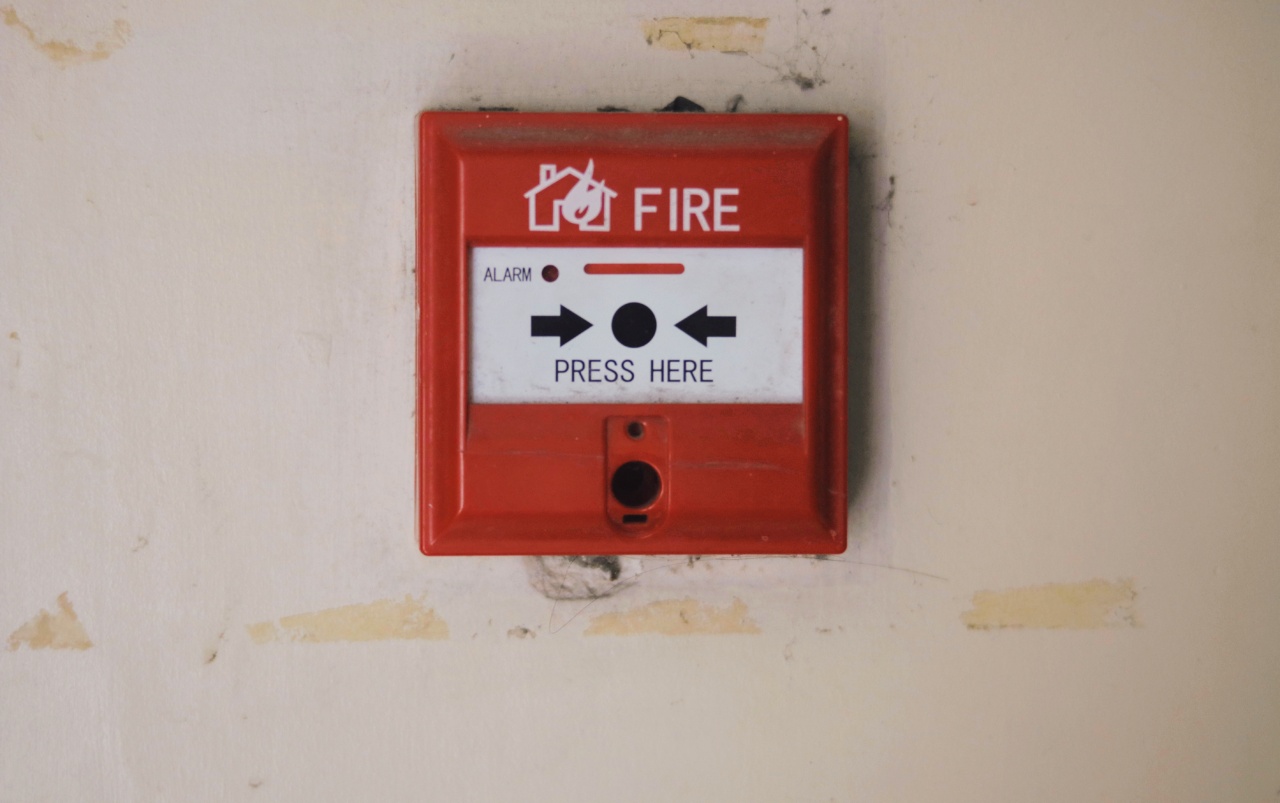Post-traumatic stress disorder (PTSD) is a mental health condition that affects people who have experienced or witnessed a traumatic event.
It is common among veterans, but can also affect people who have experienced other traumatic events, such as sexual assault, natural disasters or serious accidents. Although it can be treated, many people do not seek help or receive a diagnosis due to the stigma around mental health.
However, a new artificial intelligence (AI) system may be able to help diagnose PTSD. The system uses machine learning algorithms to analyze a person’s voice and identify patterns that are associated with PTSD.
This could provide a non-invasive and objective way of diagnosing the condition, potentially enabling early intervention and treatment.
How the AI system works
The AI system was developed by researchers at New York University. They collected audio recordings from 129 veterans, including 51 with PTSD, and used them to train the machine learning algorithms.
The recordings were made during structured clinical interviews, in which the veterans were asked about their traumatic experiences and symptoms.
The algorithms analyzed the recordings and looked for specific speech patterns that were associated with PTSD. For example, people with PTSD tend to speak more slowly and with less variation in pitch and tone compared to people without the condition.
They also use more filler words, such as “um” and “ah”, and have longer pauses between words.
The AI system was then tested on a separate group of 47 veterans, including 25 with PTSD.
The system was able to identify the veterans with PTSD with 89% accuracy, which is comparable to current diagnostic methods based on self-reporting and clinical assessments.
Potential benefits of the AI system
The AI system has several potential benefits over existing methods of diagnosing PTSD. Firstly, it is non-invasive and does not require any physical tests or invasive procedures.
This could make it more acceptable to people who are reluctant to seek help due to the stigma around mental health or who live in remote or under-resourced areas.
Secondly, the AI system is objective and consistent. Unlike clinical assessments, which can be subjective and depend on the skills and experience of the assessor, the AI system uses a standardized set of criteria to diagnose PTSD.
This could improve the accuracy and reliability of diagnoses and reduce variability between different assessors or settings.
Finally, the AI system is potentially scalable and cost-effective. Once developed, the system could be deployed widely, potentially enabling more people to receive a diagnosis and treatment for PTSD.
This could reduce the burden on mental health services and improve outcomes for people with the condition.
Limitations of the AI system
Despite its potential benefits, the AI system also has some limitations and challenges. Firstly, the system has only been tested on veterans, who may have different speech patterns and experiences compared to other people with PTSD.
Further research is needed to validate the system on other populations and to improve its accuracy and sensitivity.
Secondly, the AI system is not a replacement for clinical assessments or treatments. While it may provide an objective tool for diagnosing PTSD, it cannot replace the human judgement, empathy and expertise of mental health professionals.
People who are diagnosed with PTSD should still receive a comprehensive assessment and treatment plan tailored to their specific needs.
Thirdly, the AI system raises ethical and privacy concerns. The system relies on collecting and analyzing sensitive medical data, which raises questions around consent, confidentiality, and data protection.
It is important to ensure that the system is developed and deployed in an ethical and responsible way that respects the rights and dignity of individuals.
Conclusion
The AI system developed by New York University represents a promising advance in the field of mental health diagnosis.
By using machine learning algorithms to analyze speech patterns, the system offers a non-invasive, objective, and potentially scalable way of diagnosing PTSD. While the system has some limitations and challenges, it could provide an important tool for improving the early detection and treatment of PTSD, and reducing the stigma and barriers that prevent many people from seeking help.





























